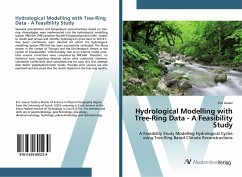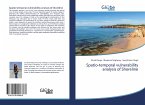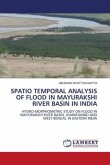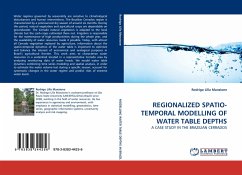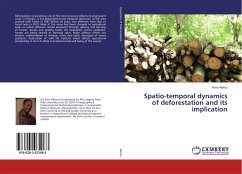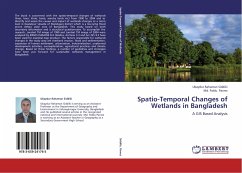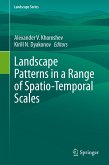Geomorphic processes continuously shape mountain regions with rockfall being one of the most common and frequent processes. The unpredictable and sudden occurrence of rockfall poses a major threat to human infrastructure and can lead to loss of life. As a result of the unpredictability of rockfall events, they are rarely observed or recorded. As a consequence, there still exists a considerable lack of knowledge in the understanding of the process. In a first fundamental part, pioneering results on the anatomic behavior of different conifer trees following rockfall impact were gathered, facilitating future rockfall studies using tree rings. In the second application-oriented part, in situ data on numerous rockfall parameters were obtained and spatially analyzed. Resulting outcomes offer a multitude of applications for practical use, such as supporting hazard assessment procedures, identifying of local rockfall triggers, providing valuable data for the dimensioning of protections measures, verifying and calibrating rockfall models, or assessing the effect of changing climatic parameters on rockfall in order to predict future activity.
Bitte wählen Sie Ihr Anliegen aus.
Rechnungen
Retourenschein anfordern
Bestellstatus
Storno


